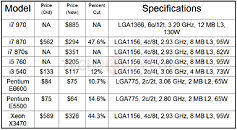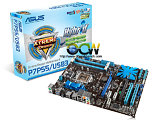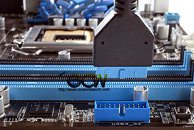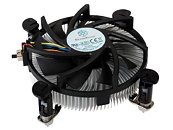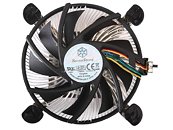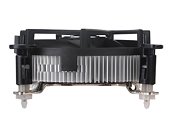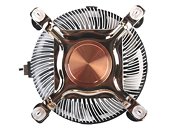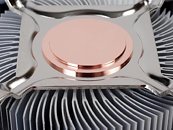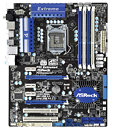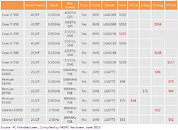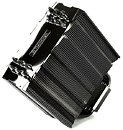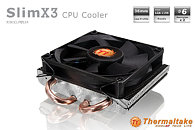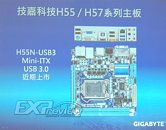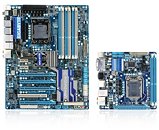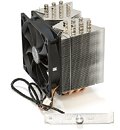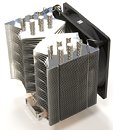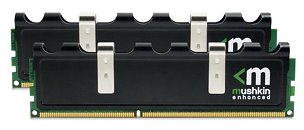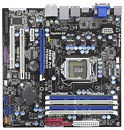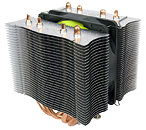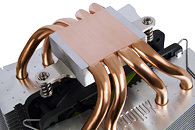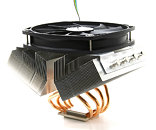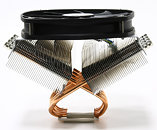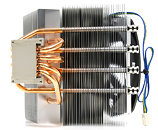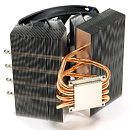
Intel Cuts Prices of Various Desktop Processors
Intel has formalized a wide range of price cuts and changes for processor models from across various segments and platforms. The most noteworthy of these include addition of new SKUs, and repositioning (price-cuts) of certain SKUs. To begin with, Intel formally introduced the Core i7 970 six-core desktop processor. This "non-XE" model comes with a clock speed of 3.20 GHz, and Turbo speeds of 3.43 GHz, and is based on the 32 nm Gulftown die. Earlier expected to be in the $500~$600 range by sections of the press, the SKU is positioned at $885, a mere $115 cheaper than the Core i7 980X Extreme Edition (which is priced at $999).
Most of the action lies in the LGA1156 platform, with the Core i7 870 getting a massive 47.6% price cut, sending its price plummeting down to $294, from $562. This cut may have been influenced by the Core i7 875K, which is a multiplier-unlocked SKU which is priced just a little under $350, with the same clock speeds as the i7 870. Interestingly, no price changes for the i7 860 were noted. An energy-efficient variant of the i7 870, the 870s, was introduced, it is priced at $351.
Most of the action lies in the LGA1156 platform, with the Core i7 870 getting a massive 47.6% price cut, sending its price plummeting down to $294, from $562. This cut may have been influenced by the Core i7 875K, which is a multiplier-unlocked SKU which is priced just a little under $350, with the same clock speeds as the i7 870. Interestingly, no price changes for the i7 860 were noted. An energy-efficient variant of the i7 870, the 870s, was introduced, it is priced at $351.
